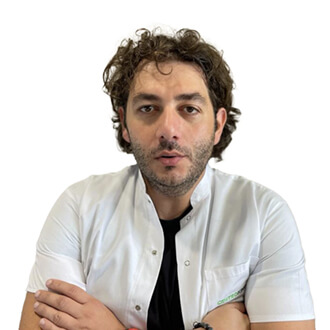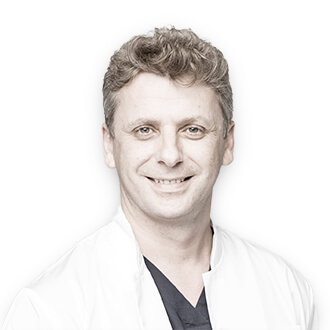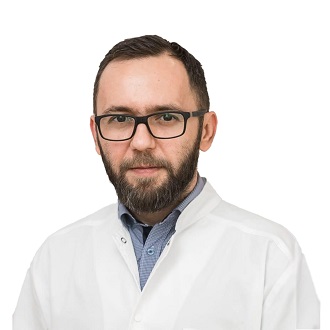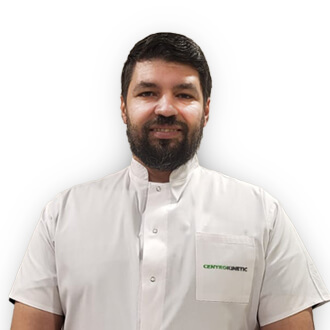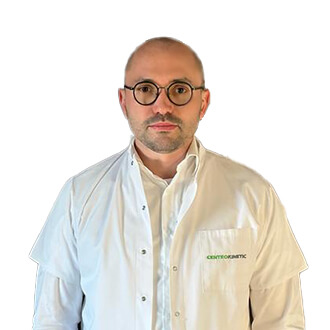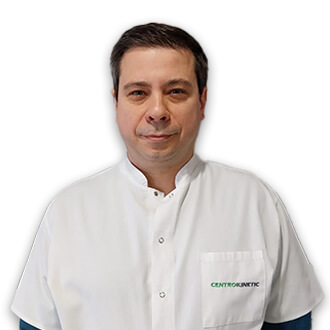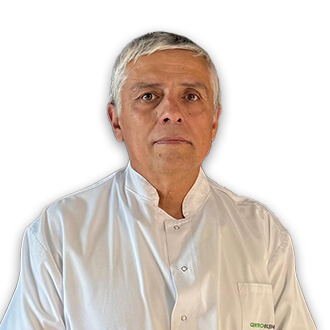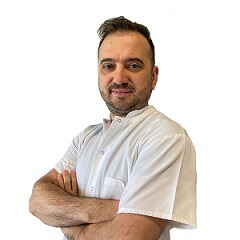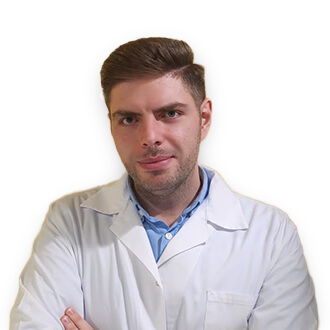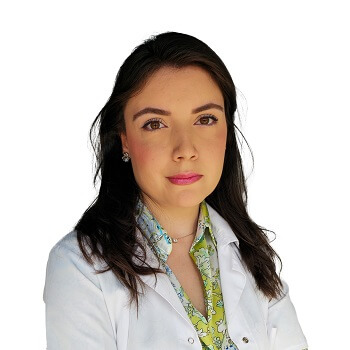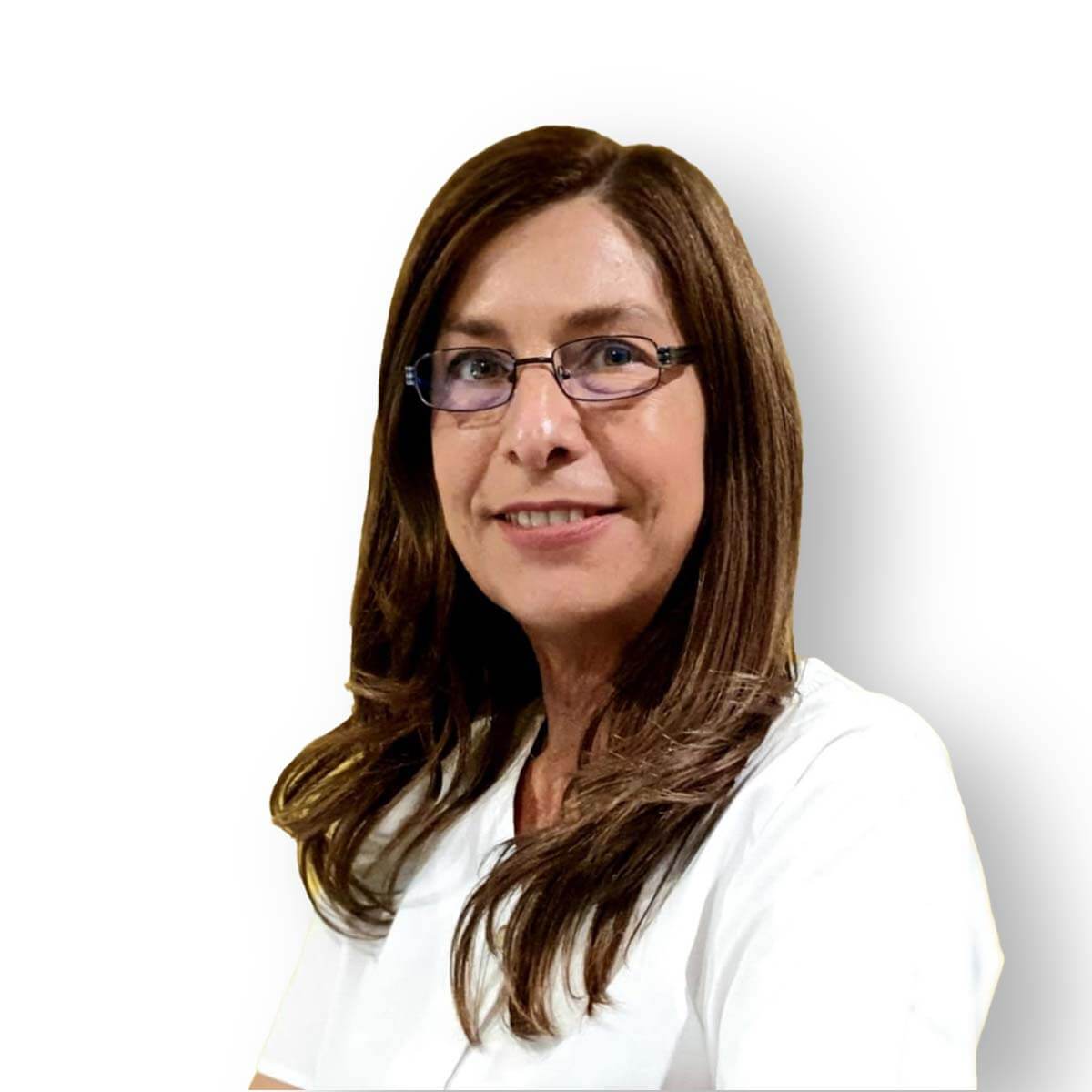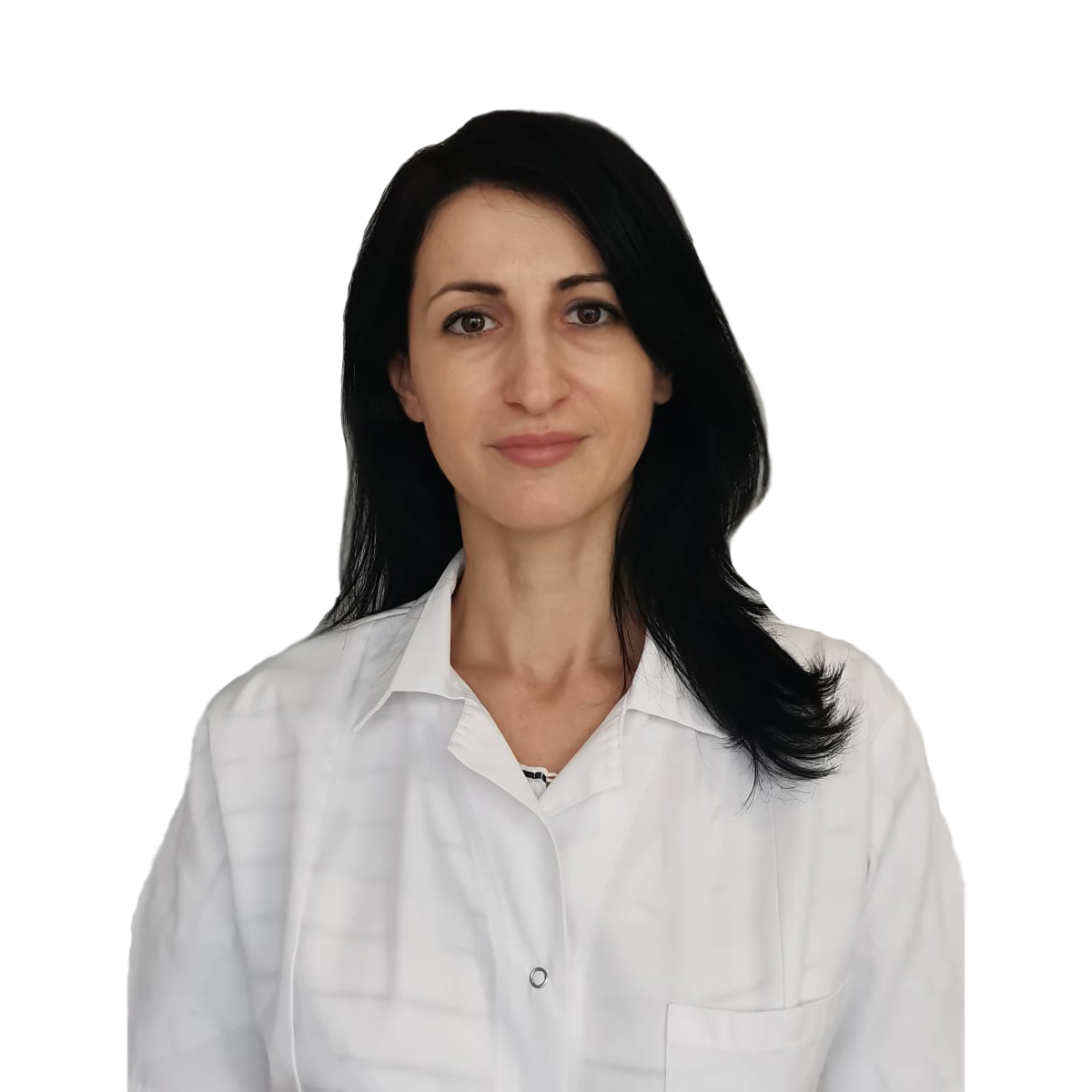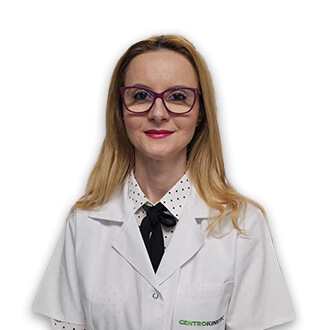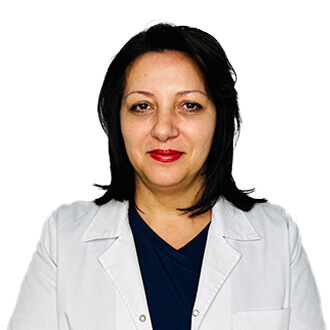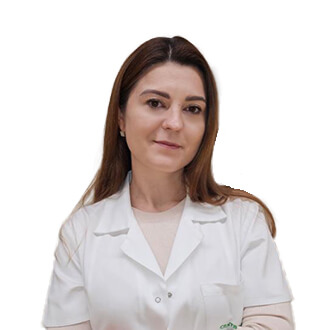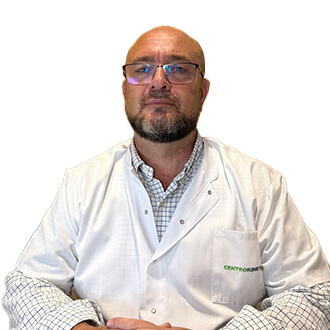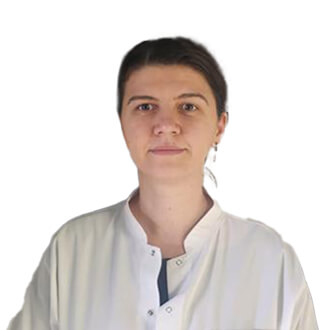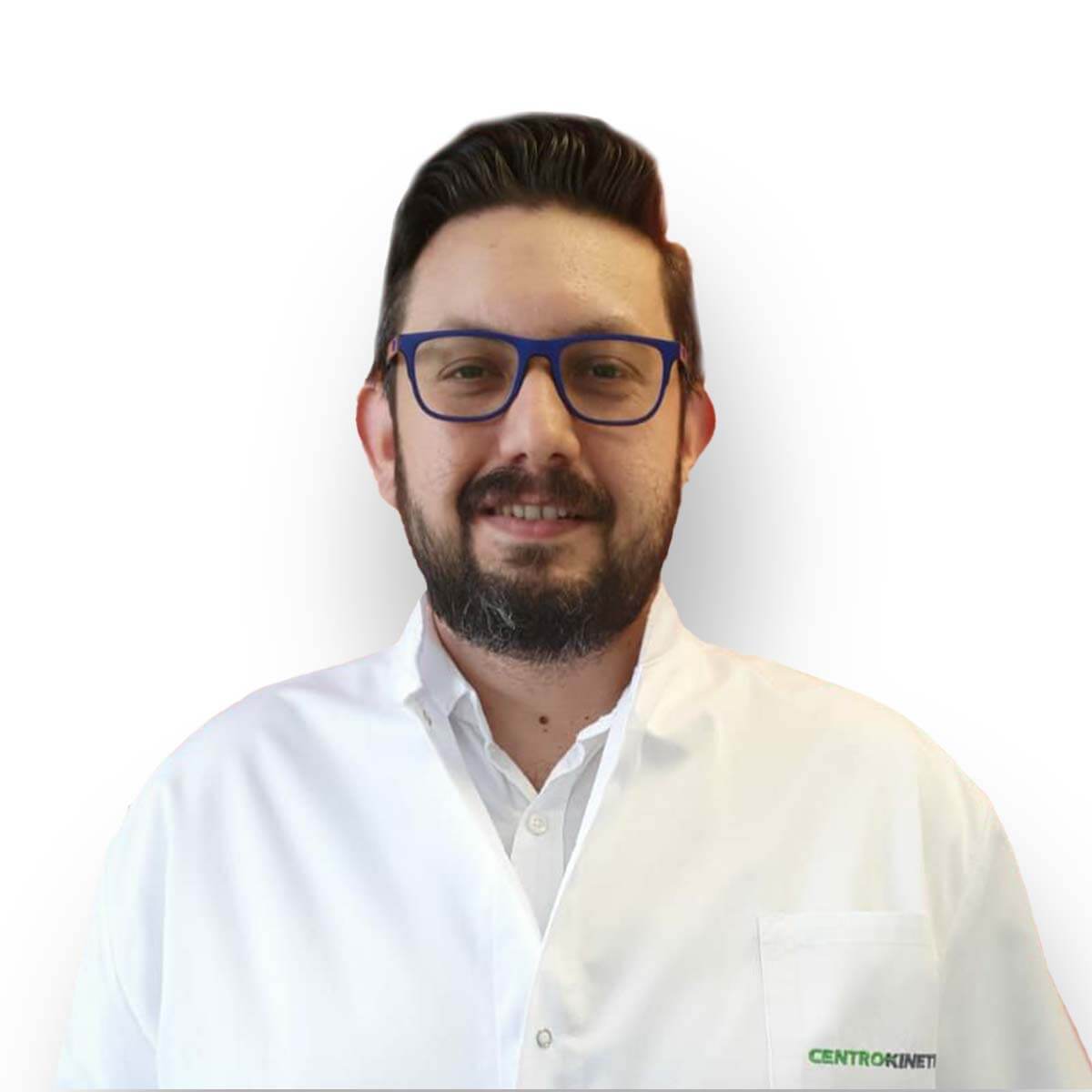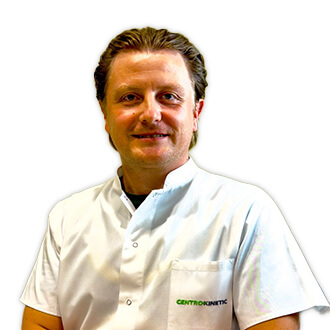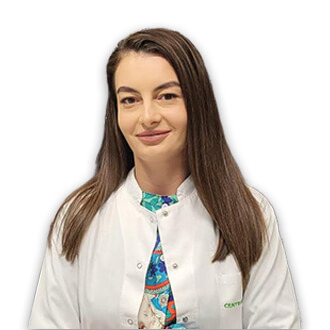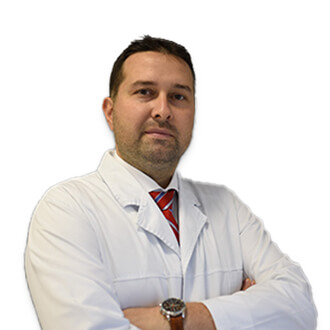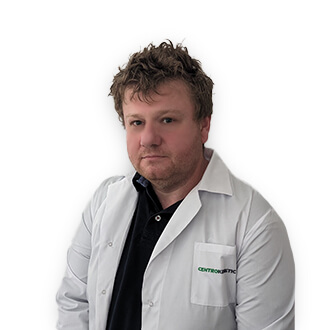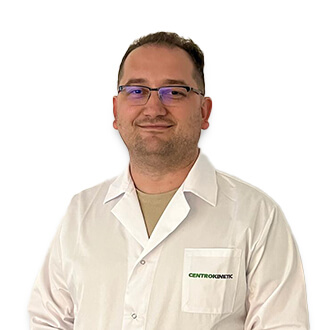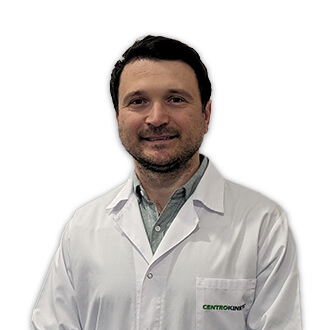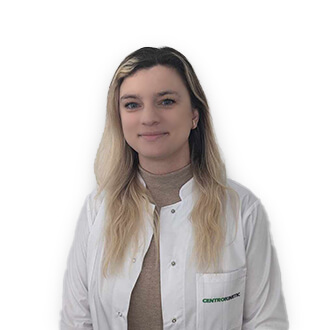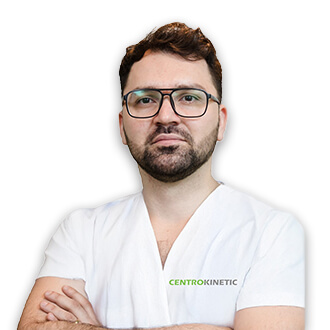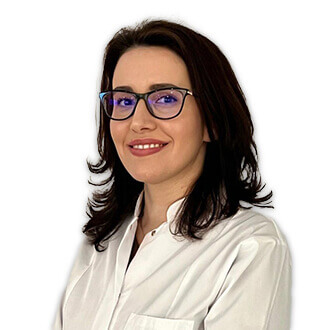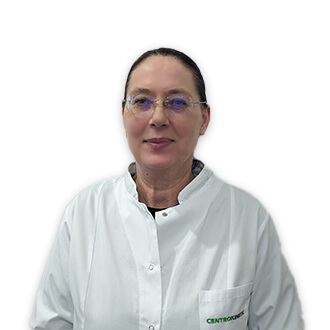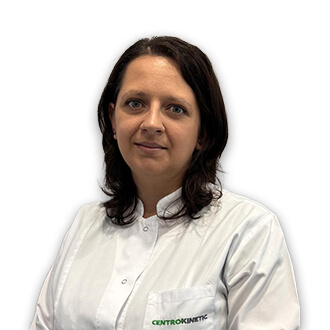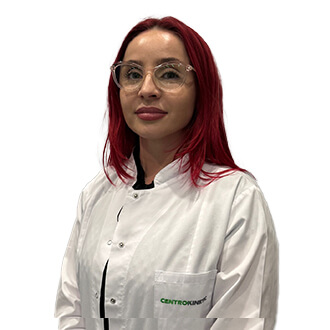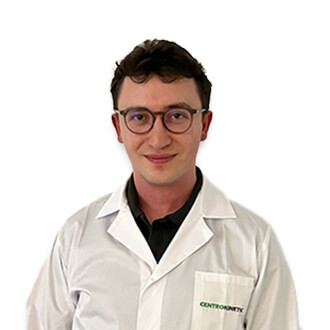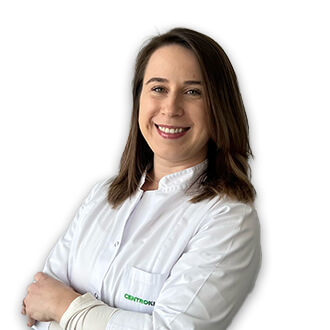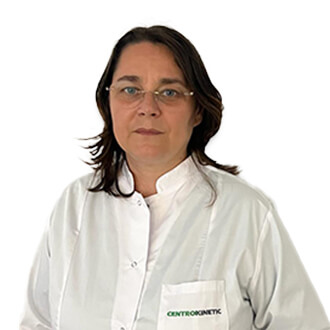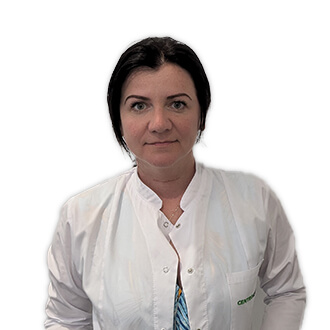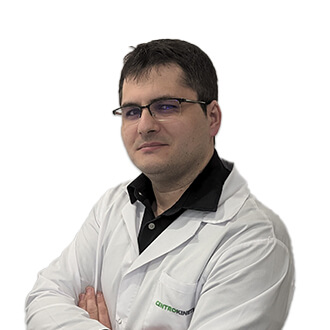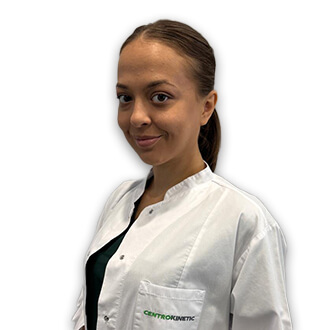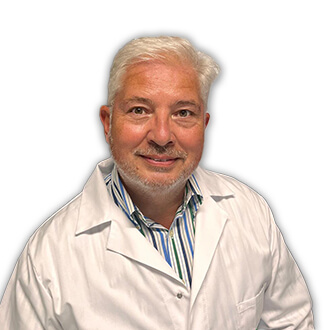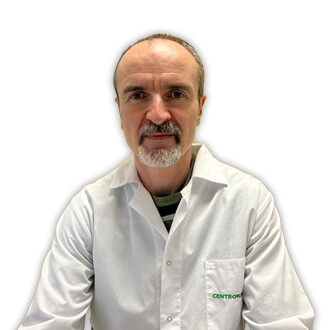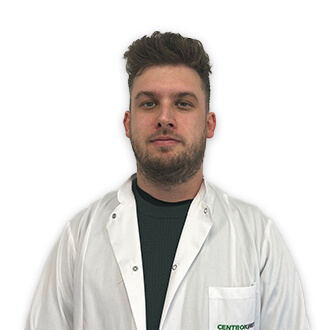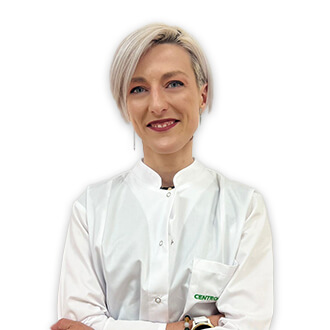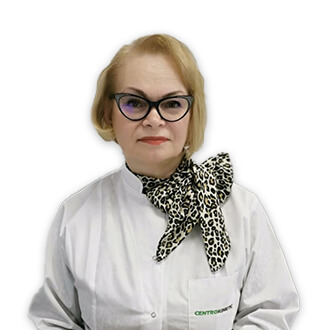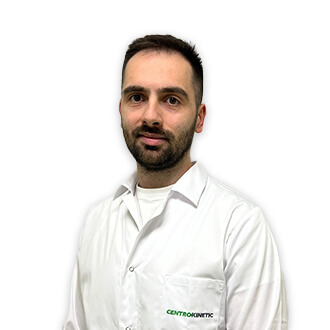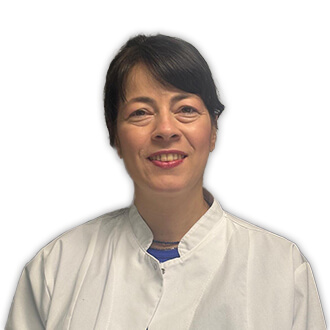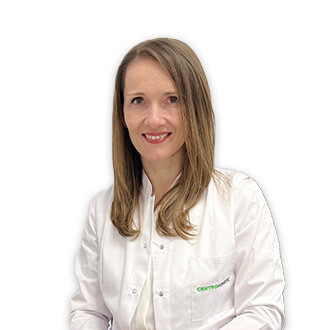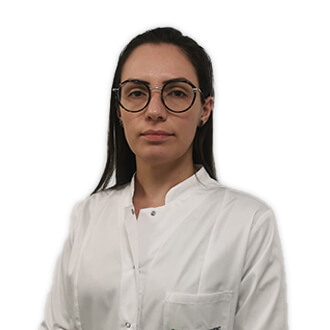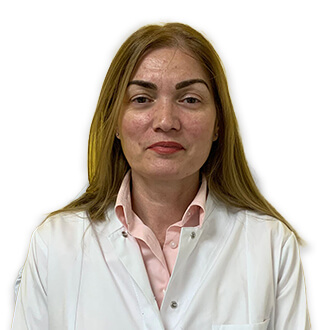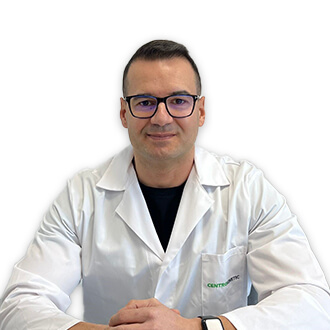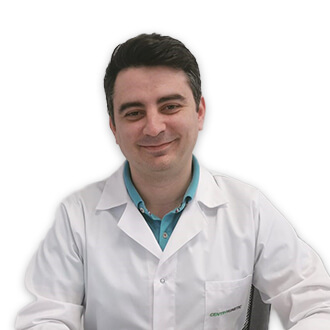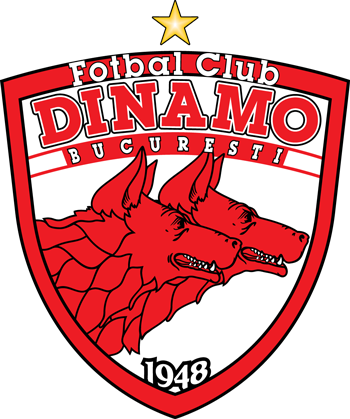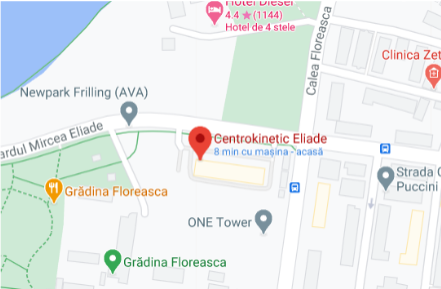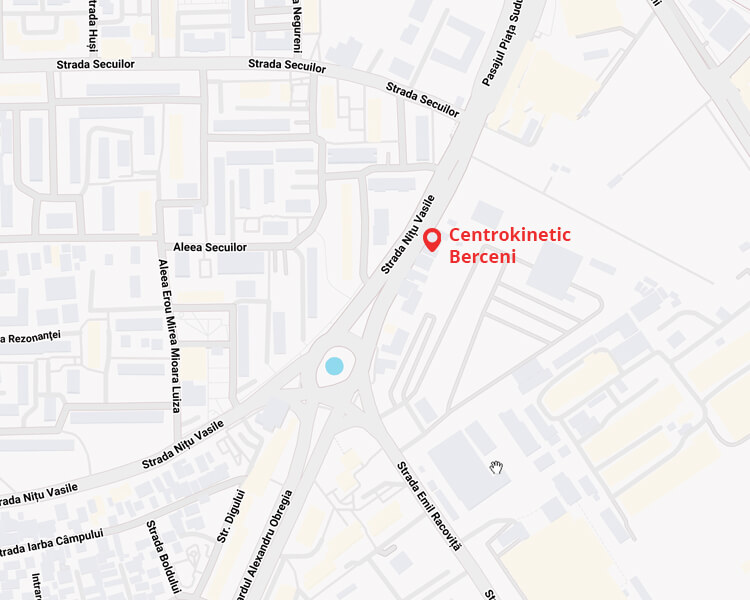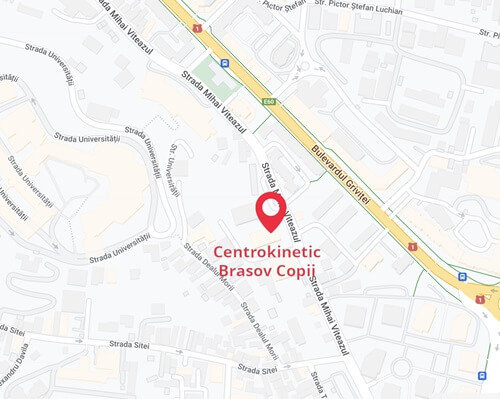What are ultrasounds used for in physiotherapy and when are they recommended?
Do you want to know how you can speed up recovery after an injury or better manage joint discomfort? Ultrasound therapy has become an increasingly common option in physiotherapy clinics, being frequently integrated into treatment plans for various musculoskeletal conditions [1]. Below, we’ve prepared a series of useful details about how ultrasound works, when it can help, and what to expect during such sessions. Here’s more information!
What is ultrasound therapy?
Ultrasound therapy is a physiotherapy method that involves applying high-frequency sound waves (between 1 and 3 MHz) to the affected areas. These waves penetrate the tissues, where they can accelerate healing, reduce pain, and relax muscles. Specialists use this type of treatment in personalized medical recovery plans, together with other modern physiotherapy procedures [1][2].
How does ultrasound therapy work?
The ultrasound device includes a generator and an applicator head with a piezoelectric crystal, used with the help of a special gel. The physiotherapist applies the gel on the skin to efficiently transmit the ultrasonic waves. When the device is turned on, the treatment head produces rapid vibrations, and the generated waves pass through the gel to the target tissue without causing pain.
The specialist can use two operating modes:
- continuous mode: generates local heating, useful for relaxing tense muscles or relieving contractures;
- pulsed mode: applies the waves intermittently and is recommended for acute injuries where the thermal effect is not desired.
For example, if you have recently suffered an ankle sprain, the specialist can use pulsed ultrasound to reduce inflammation without excessive tissue heating. For stiffness after an old injury, they can use the continuous mode, which relaxes the area. You can find more details about how it works and its indications here [1].
What effects does ultrasound therapy produce?
Ultrasound acts on the body in two main ways: through its thermal effect (in continuous mode) and through its mechanical effect (in pulsed mode).
Commonly observed effects include:
- local increase in temperature and blood circulation;
- muscle relaxation;
- stimulation of ligament, tendon, or joint regeneration;
- reduction of inflammation;
- acceleration of the healing process.
In pulsed mode, where no visible heating occurs, ultrasound therapy can act as a form of internal micromassage, increasing cell permeability and facilitating edema resorption. When combined with other tailored therapies, such as TECAR therapy or laser therapy, doctors aim for more efficient recovery by addressing tissues in a differentiated manner [1][3].
When is ultrasound therapy indicated?
The doctor may recommend ultrasound therapy for:
- muscle strains and tears;
- tendinitis;
- sprains or dislocations;
- chronic joint pain;
- recovery after orthopedic surgery;
- rheumatic conditions (arthrosis, rheumatoid arthritis, ankylosing spondylitis);
- neuralgias and radiculopathies;
- edema or local inflammation.
For example, if you’ve undergone knee surgery, the doctor may include ultrasound therapy in your recovery plan to reduce inflammation and prevent joint stiffness. You can find more information about modern recovery approaches here. The plan is personalized depending on the diagnosis, age, location of the injury, and the goals established together with the specialist [1][2][3].
How does an ultrasound therapy session take place?
A standard session involves several steps, important for treatment safety and effectiveness:
- the specialist sanitizes and prepares the treatment area;
- treatment parameters (frequency, intensity, and duration) are set according to tissue characteristics and medical indications;
- the conductive gel is applied;
- the applicator head is placed on the skin, and the specialist makes smooth movements to evenly cover the area.
Typically, frequencies of 1 MHz (for deeper tissues) and 3 MHz (for superficial tissues) are used. A session lasts 1–8 minutes per area, and a complete treatment usually includes 10–12 sessions performed daily or every other day, depending on the doctor’s recommendations. After the session, other physical therapies on the same area should be avoided. Notify your physiotherapist if any unexpected reactions occur [1].
Contraindications and risks
There are certain situations in which ultrasound therapy is not recommended or should be used with caution:
- malignant tumors;
- metal implants in the treatment area;
- pacemaker;
- active tuberculosis, fever;
- pregnancy;
- open wounds or areas with skin lesions.
Some people may experience local reactions (redness, irritation, or burning), but these effects are rare when therapy is performed under medical supervision. Before starting, consult your doctor or physiotherapist to identify any contraindications [2].
Recommendations for patients
Always follow the specialist’s instructions when you need ultrasound therapy. Inform the team about any changes in your symptoms or any side effects you may have noticed.
This article is for informational purposes only and does not replace a specialist consultation. Establish your recovery plan only together with a doctor or physiotherapist. Remember: prevention, regular assessments, and collaboration with specialists help you maintain joint health and avoid long-term complications!
Sources of information:
- “Therapeutic Ultrasound.” Physiopedia, 2016.
- “What to Know about Ultrasound Physical Therapy.” WebMD, 28 June 2021.
- McGregor, Niall. “The Physiotherapy Place - Edinburgh.” The Physiotherapy Place - Edinburgh, 15 Aug 2019.
BUCHAREST TEAM
CLUJ NAPOCA TEAM
BRASOV TEAM
MAKE AN APPOINTMENT
FOR AN EXAMINATION
See here how you can make an appointment and the location of our clinics.
MAKE AN APPOINTMENT




